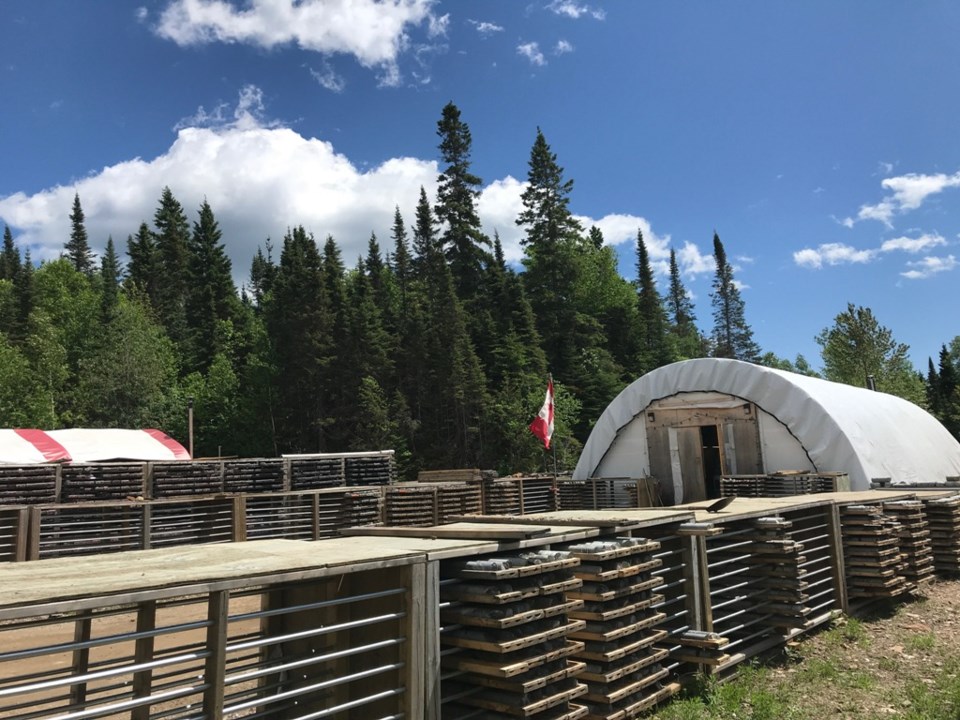Something isn’t adding up for Red Pine Exploration.
In a stunning move, the Toronto gold company is launching a review of its exploration work at its Wawa Gold Project after discovering “inconsistencies” with some of the assay results from drilling.
Red Pine announced May 1 that it’s retracting all assay results posted in news releases and other publicly disclosed documents, including its Ni 43-101 technical report from last June, saying that the results “should not be relied upon.”
A National Instrument 43-101 report is a high-standard, transparency document, usually prepared by a third-party geologist, that provides independent verification of a deposit. It was established by Canadian regulators in 2001 following the Bre-X Minerals scandal and is designed to reduce risk to investors and allow quality mineral projects to get developed.
On this shocking news, Red Pine’s stock plunged from $0.21 cents a share on April 30 to 0.08 cents at the close of the business day, May 1.
Red Pine said it will conduct a detailed review and comparison of the assay results with its disclosure documents “in order to identify and quantify the extent of any incongruities."
An outside consulting firm will be hired to determine the extent of these inconsistencies and oversee an independent review.
Michael Michaud will have a lot on his plate when he takes the helm of Red Pine in July. Just a week ago, the company announced it has hired Michaud as its new CEO, a trained geologist who was the head exploration boss at Wesdome.
The Wawa Gold Project is located two kilometres south of the town of Wawa in an area that was historically mined for gold going back to the 1800s. Red Pine had been drilling on a regular basis, in and around two deposits, since acquiring full ownership of the project three years ago.
The last posted mineral estimate - which will likely be discarded - yielded 700,000 ounces of gold in the indicated and inferred categories. An updated gold count was due out in this year’s third quarter.
Last summer, Red Pine inked a royalty deal with Franco Nevada that pumped $6.8 million into the project.




